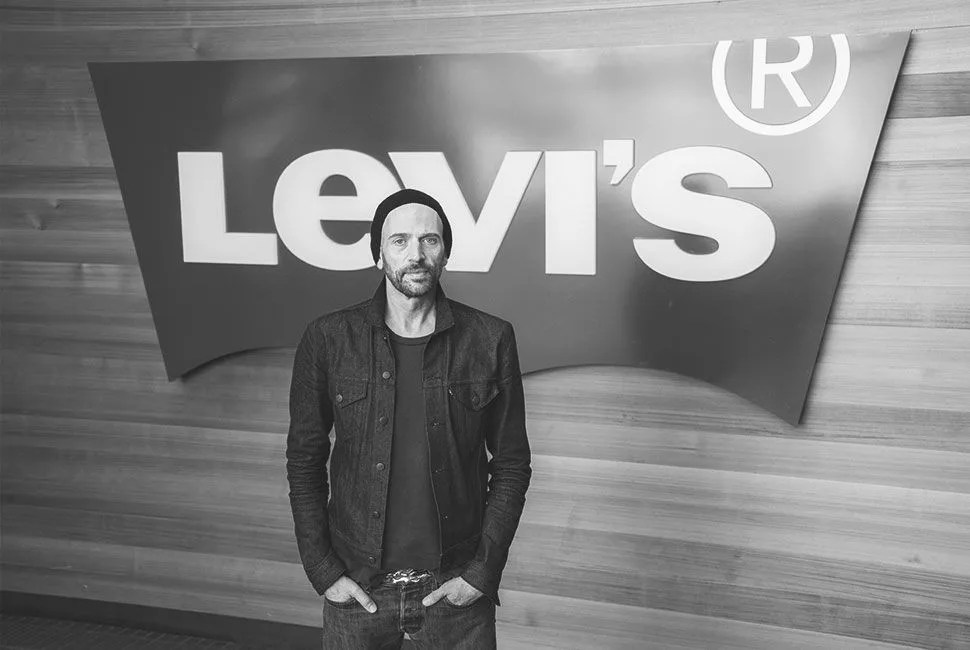We’re in a period of change. The internet’s rapid dissemination of content has proven a double-edged sword. The shifting geopolitical landscape dominates headlines and the effects of climate change intensify with each passing season. Citizens across the world are yearning for greater transparency from governments, corporations and businesses, but facts are often misconstrued in the din of information online. Industrial pollution, among other pressing issues, is a flashpoint between First World and developing countries, and between investors and environmentalists. It’s a surprise to many, though, that one of the biggest contributors to industrial pollution is the apparel industry.
From production of raw materials to manufacturing and shipping, an incredible amount of natural resources are used in the creation of a garment. A large amount of water is needed for cotton production, and pesticides are frequently used to ensure crop yield. The process of dyeing clothing frequently uses toxic chemicals. Fossil fuels are burned transporting materials between every stage of production, and the growth and acceptance of fast fashion — and the consumer’s reliance on low prices — have exacerbated supply chain issues and unethical manufacturing processes. The big picture isn’t pretty.
There are a number of clothing brands, though, that see the environmental issues as imperative, and the complex manufacturing system as an ongoing challenge. Exploring the state of sustainability in the clothing industry, we talked with five people from a range of brands: Paul Dillinger (Levi’s VP, the head of global product innovation and premium collection design), Miles Johnson (Patagonia, creative director of product design), John Moore (Outerknown, co-founder), Mark Galbraith (Nau, co-founder) and Fernando Gerscovich (Industry of All Nations, co-founder). See highlights from the discussion below, and in-depth interviews on the following page. Though the industry has a long way to go, these people (and their brands) are leading the way for more sustainable practices in the clothing world.
Gear Patrol: Why is sustainability important in the clothing industry?
John Moore: Just as a car would emit CO2, or the way plastic pollutes our oceans en masse, our clothing can have similar effects on our quickly deteriorating environment — anything we can do to help reverse that process, we should be doing now.
Paul Dillinger: We need to understand that we are not just buying a cute outfit; we are buying the manufactured output of an industrial system that consumes resources and creates waste. Each item of clothing is an assemblage of materials, and each material has a distinct environmental or social impact.
Mark Galbraith: The reality is that clothing production has a large impact on the environment, related industry workers and consumers. For context with regards to natural fibers, conventionally grown cotton accounts for 25–30 percent of all pesticides used globally. In addition, these pesticides make their way into the biosphere and farm workers are exposed to these chemicals during production.
Miles Johnson: With the environmental crisis reaching a critical tipping point, we now more than ever need to work to protect and save our most precious natural resources.






